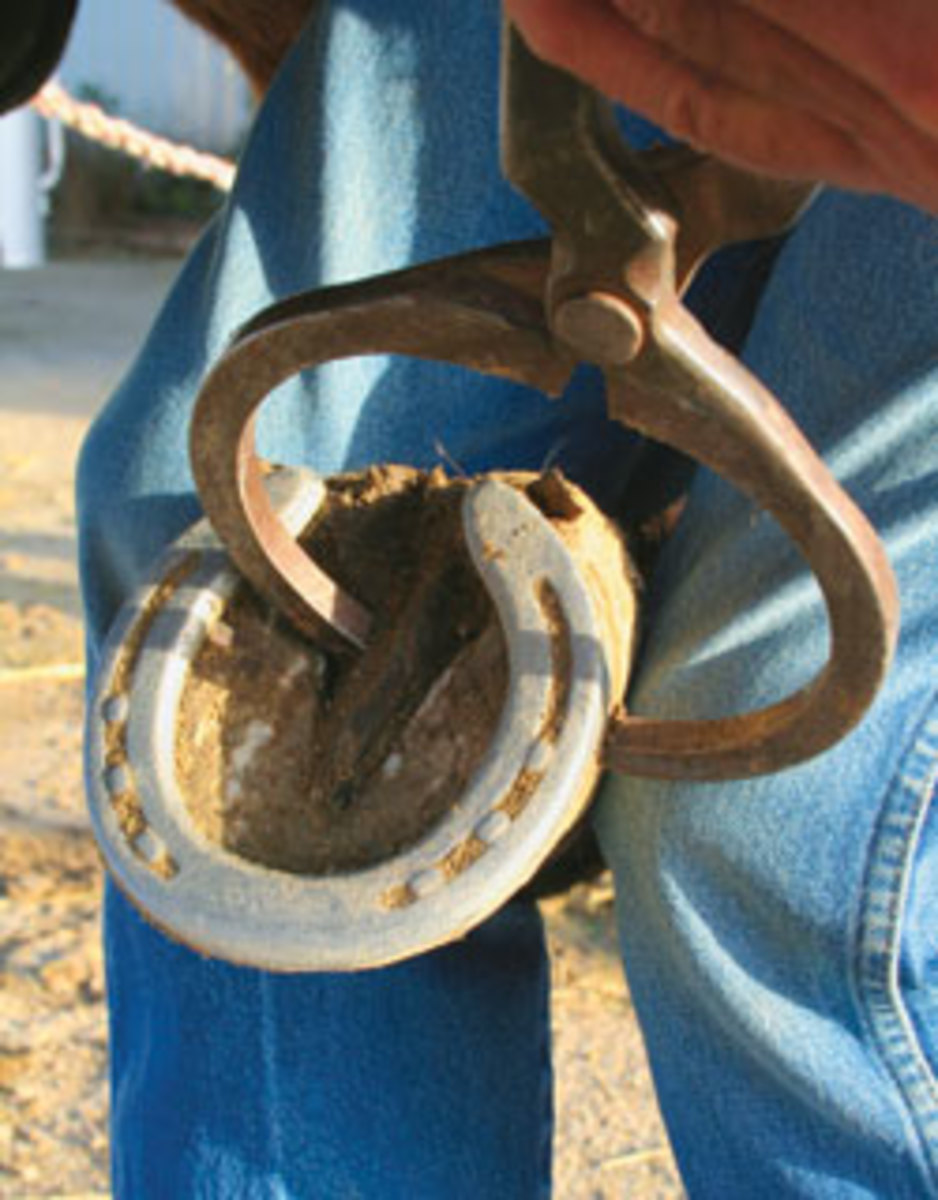
People often ask me what to do for “navicular disease” or “colic.” Well, there is no answer to that question because there is such a wide variation as to cause or severity that treatment needs to be based on the individual case. That is why diagnostic procedures and their interpretation become critical to the choice of treatment and a desired result.
I mention these two maladies of the horse because they are quite common and can be very threatening to the viability of a horse. They also can have such a wide range of causes that it seems misleading to refer to each as a single entity. Frankly, I think we would be wiser to refer to “navicular disease” as chronic heel pain, and colic as abdominal pain until we have enough information to be able to say what specifically is causing the problem. I will attempt to give brief examples of diagnostics relating to each condition.
The typical “navicular” horse is presented with a history of low-grade lameness or soreness in one or both front legs. No obvious swelling or pathology is evident on physical examination. A diagnostic nerve block is done on the “heel” nerves, and the horse goes sound. So, you’ve localized the problem to the heel area. Diagnostic radiographs are taken of this area, and may or may not show any lesions explaining a cause.
Historically, at this point veterinarians have advised a protocol for treating a horse with chronic heel pain. However, newer modalities such as ultrasonography or MRI imaging have become available to help identify a specific lesion as a cause that didn’t show up on radiographs. This knowledge should lead to more specific treatment and hopefully a better outcome.
With a “colic” case, the horse presents with symptoms of abdominal pain. As a veterinarian, one evaluates the symptoms and treats with appropriate medications immediately as this situation is an emergency. Response to drugs and perhaps a manual palpation of the abdomen per rectum are diagnostic aids in evaluating the case.
If there is still doubt as to cause, one proceeds to diagnostic aids such as ultrasound or radiographic evaluation of the abdomen. The ultimate diagnostic tool with colic is surgical exploration of the abdomen to find the cause, and hopefully correct it.
These two common equine ailments illustrate that there are different levels of diagnostics used to get to a better diagnosis, which should lead to an appropriate treatment, which should result in the most positive possible outcome.










